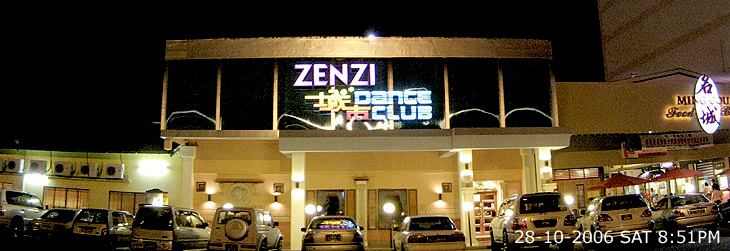|
Exposure
: Before taking a picture, the
first thing to consider is
how long your exposure will be. There are several reasons to consider, but the most important one has to do with selecting your ISO
setting. With all digital cameras, a higher ISO setting will result in more
noise than a lower setting. However, the benefit of a high ISO is that it
enables you to use a faster shutter speed. If you are planning on shooting a
long exposure, there is no point in using a high ISO setting (unless you
like the effect of a noisy image). If you really need a fast shutter speed,
the chances are pretty high that you will have to increase the ISO to get an
acceptable speed. Fortunately, there are some noise reduction techniques
that you can use later to clean up the images. In addition, many digital
cameras today have noise reduction processing built
in. Check your digital camera's manual; it may appear as a menu item (Ex: NR On,
Off) or as an automatic process when the shutter speed exceeds a specific
length.
If your digicam offers manual exposure controls, such as aperture-priority,
shutter-priority, and manual, you will find a greater degree of control over
your pictures than those with Auto or "scene" modes. First, let's discuss
aperture priority. In order to let in as much light as possible, you will
want to set the aperture to the lowest possible setting. If you are in a
bright area like a well-lit city and you want a long exposure, you may have
to "stop" the aperture down (choose a higher f number) in order to
achieve a slower shutter speed. However, most people prefer to use
shutter-priority mode when shooting night images. With shutter-priority, you
simply select the shutter speed that will give you the amount of motion (or
lack thereof) that you want while the camera adjusts the aperture. Either
way, you will want to make a decision about the ISO setting before shooting.
Otherwise, you might be surprised to find a ton of noise ruining your
otherwise beautiful night shot.
If your camera does not offer manual exposure controls, you may be at the
mercy of your camera's preset shooting modes such as "night scene" or "long
exposure". If the images don't look good with those preset modes, try
applying an E.C. (exposure compensation) to adjust the exposure. If your
camera simply doesn't allow long exposures, it might be time to invest in a
more advanced model. Otherwise, you will be restricted to brighter locations
and shorter shutter speeds.
If your camera has a raw recording option,
we highly recommend using it for night photography. By shooting raw files,
you can adjust the white balance later without compromising image quality.
Now, let's take a look at noise reduction.
|
























